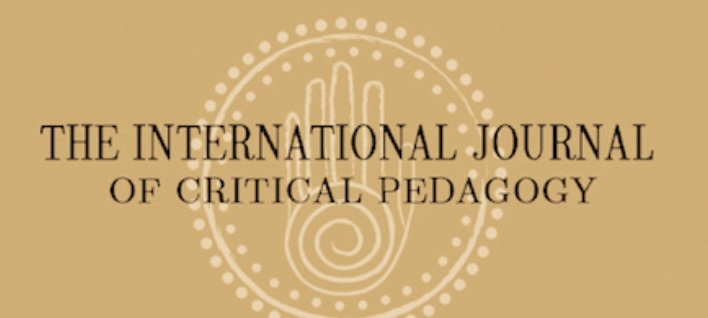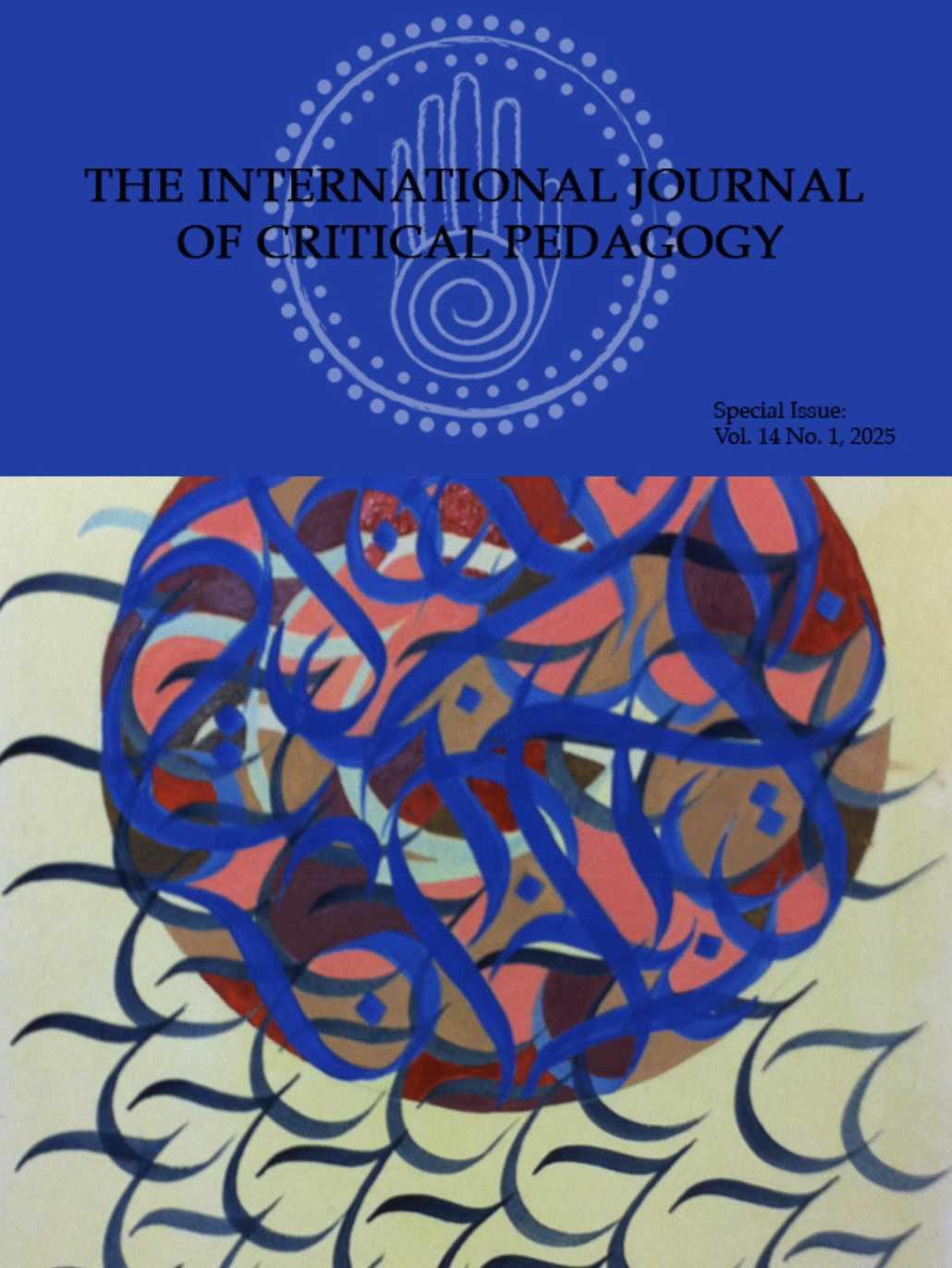Abstract
Teachers who are committed to a pedagogy of liberation, who do not want their classrooms to repeat oppression, and who understand themselves to be educating critical thinkers as much as or more than imparting information, have existential difficulties with their role as the authority in the classroom. How to appropriately exercise leadership and craft educational experiences while not usurping the students’ autonomy and not reinforcing their sense that learning is external to them is a continual conundrum for the would-be emancipatory critical pedagogue. A rich and engaging metaphor through which a teacher can conceptualize self and process is the action of turning. Theorists Plato, Hannah Arendt, and Gert Biesta all employ turning as an image in their analyses of the learning process, and this egalitarian, companionable gesture offers a way forward for teachers. This article examines the different ways each writer uses turning to think about education and suggests implications for teacher identity and classroom practice.
Keywords: critical pedagogy, liberatory pedagogy, Gert Biesta, Hannah Arendt, Plato, turning, authority, hierarchy
How to Cite:
Lovett, S., (2016) “Turn, Turn, Turn: Turning as an Image for Education in Plato, Arendt, and Biesta”, International Journal of Critical Pedagogy 7(1).
Downloads:
Download PDF
View PDF

